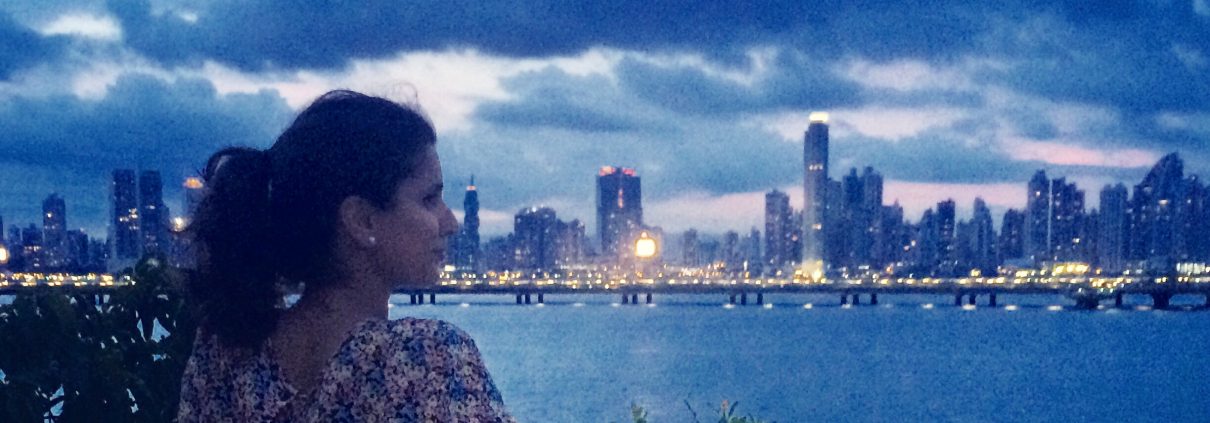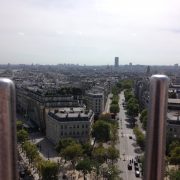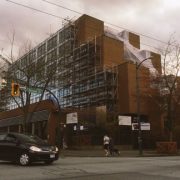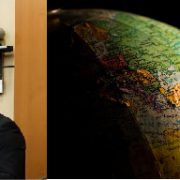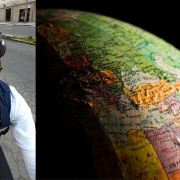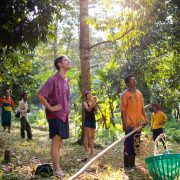Planning in Panama City
By Shafaq Choudry, MURP ’16 & International Practice Pathway Fellow
We’ve heard time and time again to keep an open mind when it comes to going abroad for work opportunities. In other words, expect the unexpected and be prepared to go beyond what your job description simply states on paper. Nearly halfway through my internship at the Direccion de Planificacion Urbana (DPU), it became crystal clear that I was no longer here to only produce a report on Transit-Oriented Development (TOD) in the Panamanian context. Every day the hustle of an eager and driven team of urban designers, planners, and thinkers pulled me into their discussions during a transformative moment in Panama’s history. As the city approached its 100 year anniversary since the opening of the Panama Canal, gathering and generating ideas of how the Panamanian people experience the city today became the central point of attention on what the next decades will look like. From pedestrian rights, bike planning and share-the-road campaigns to public space improvements, programming and accessibility the DPU was beaming with a new approach to solving the city’s urban challenges. Fast-paced and complex, I accepted meeting and event invitations without hesitation.
This included participating the department’s walkability tool assessment in key neighborhoods across the city, attending public meetings for new street improvement plans (engaging local businesses, residents and community leaders), and mobility planning meetings with the region’s metropolitan transit agency. The DPU team was also open to receiving insight from our very own L.A.-based experts on street vending. We made arrangements for the Executive Director of Leadership for Urban Renewal (LURN) and MURP alumni, Rudy Espinoza, to give a presentation on LURN’s street vending campaign and engage in a thoughtful discussion with the Mayor and his team on the use of streets and public space. Not only did this level of exposure present an opportunity to add depth to my context-based research, but I was fully enjoying the unexpected surprise of expanding my international network and meeting talented professionals passionate about progress.
Although I had prior experience developing TOD proposals in the Chicagoland region for an Urban Design and Planning firm, graduate school at UCLA gave me the an opportunity to dig further into the equitable, economic and sustainable aspects of this form of development. Three courses at Luskin also helped set the stage for my position in Panama: Professor Evelyn Blumenberg’s Transportation and Economic Outcomes, Tony Perez’s Transportation and Urban Design Studio and Professor Steven Commin’s course on Disaster Management. At this point in my internship, I’m researching best practices from around the world, particularly in Latin America, and how lessons learned can best apply to Panama’s central city today.
Quick back story- the central city (La Exposicion) has experienced a population loss over the years as more affordable housing options are available and built (often times without basic essential infrastructure such as water and electricity) outside the city’s boundaries. The results are much like the effects we experience on a day-to-day in Los Angeles: a car dependant culture, urban sprawl, pollution and traffic congestion. What’s promising is seeing that both the Ciudad de Panama and Los Angeles have elected new leadership coupled with a strong desire to continue to grow into a more affordable, inclusive and equitable place for people to thrive in.

